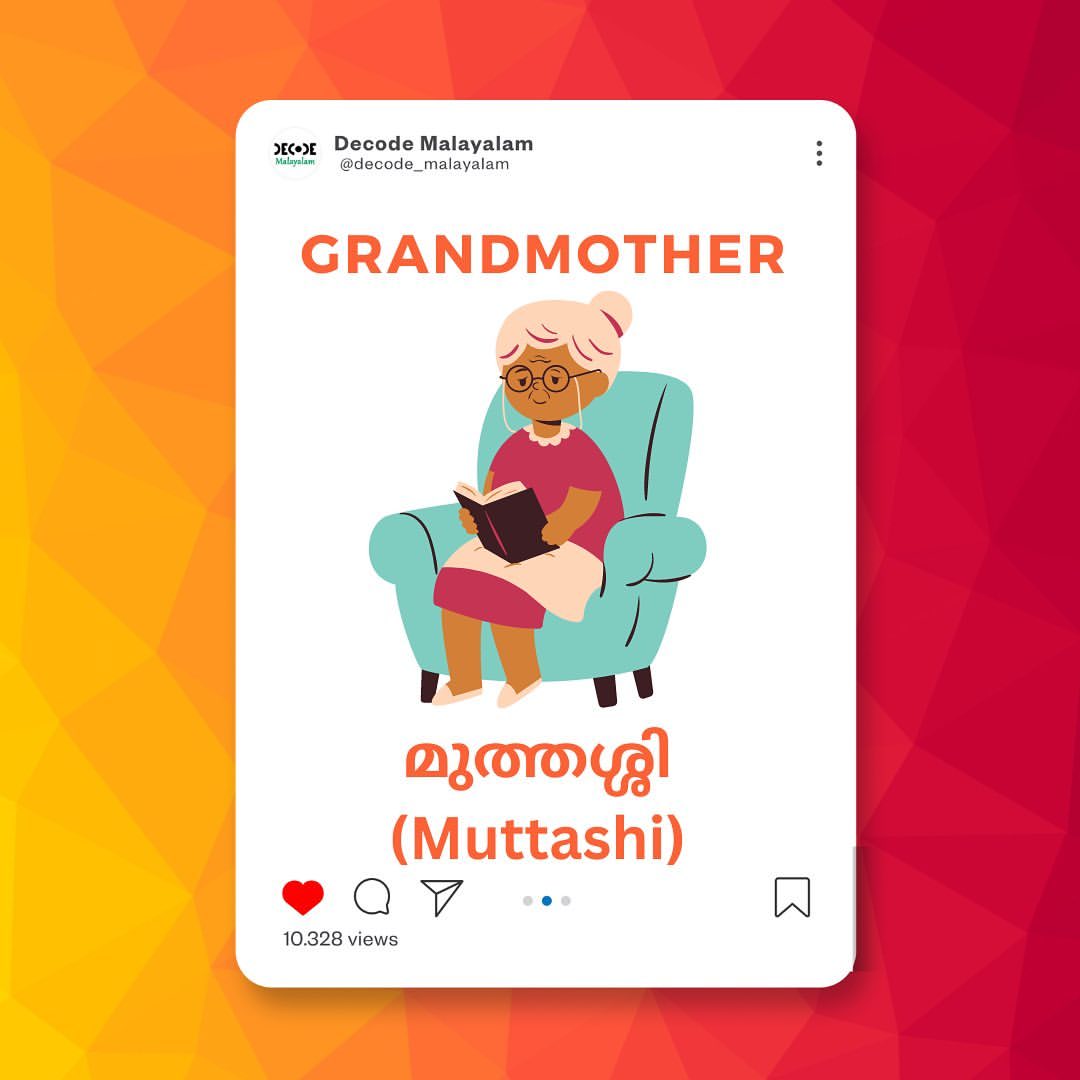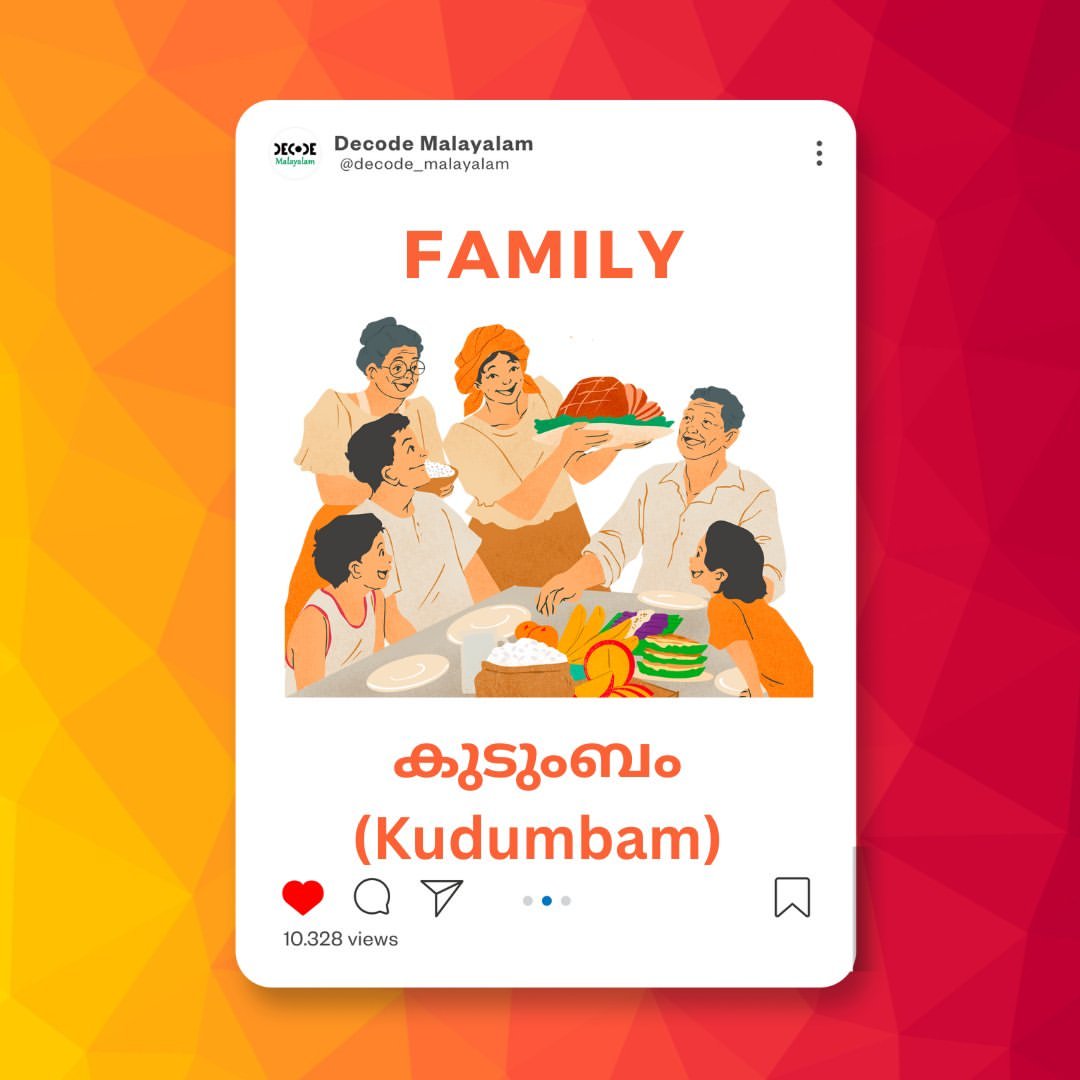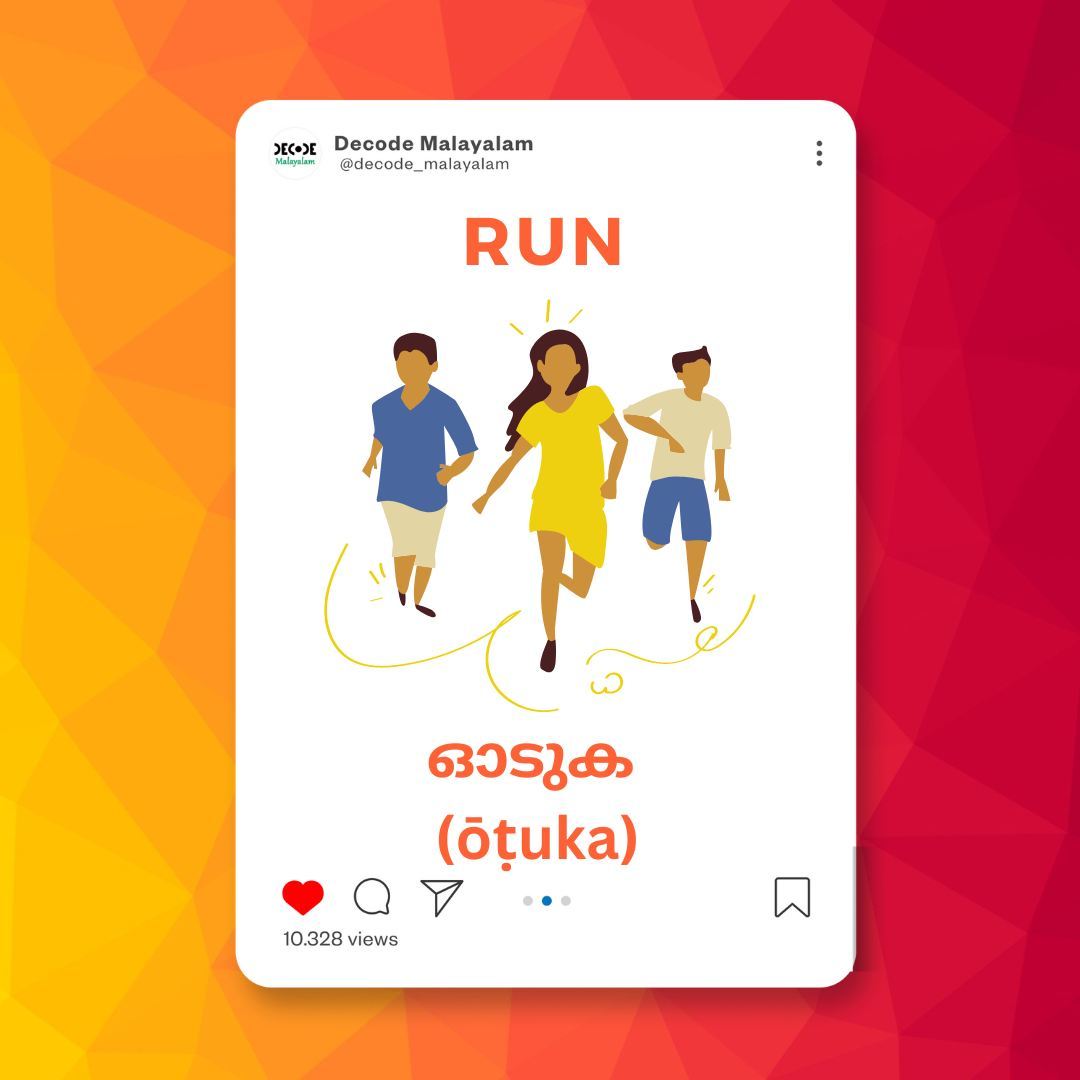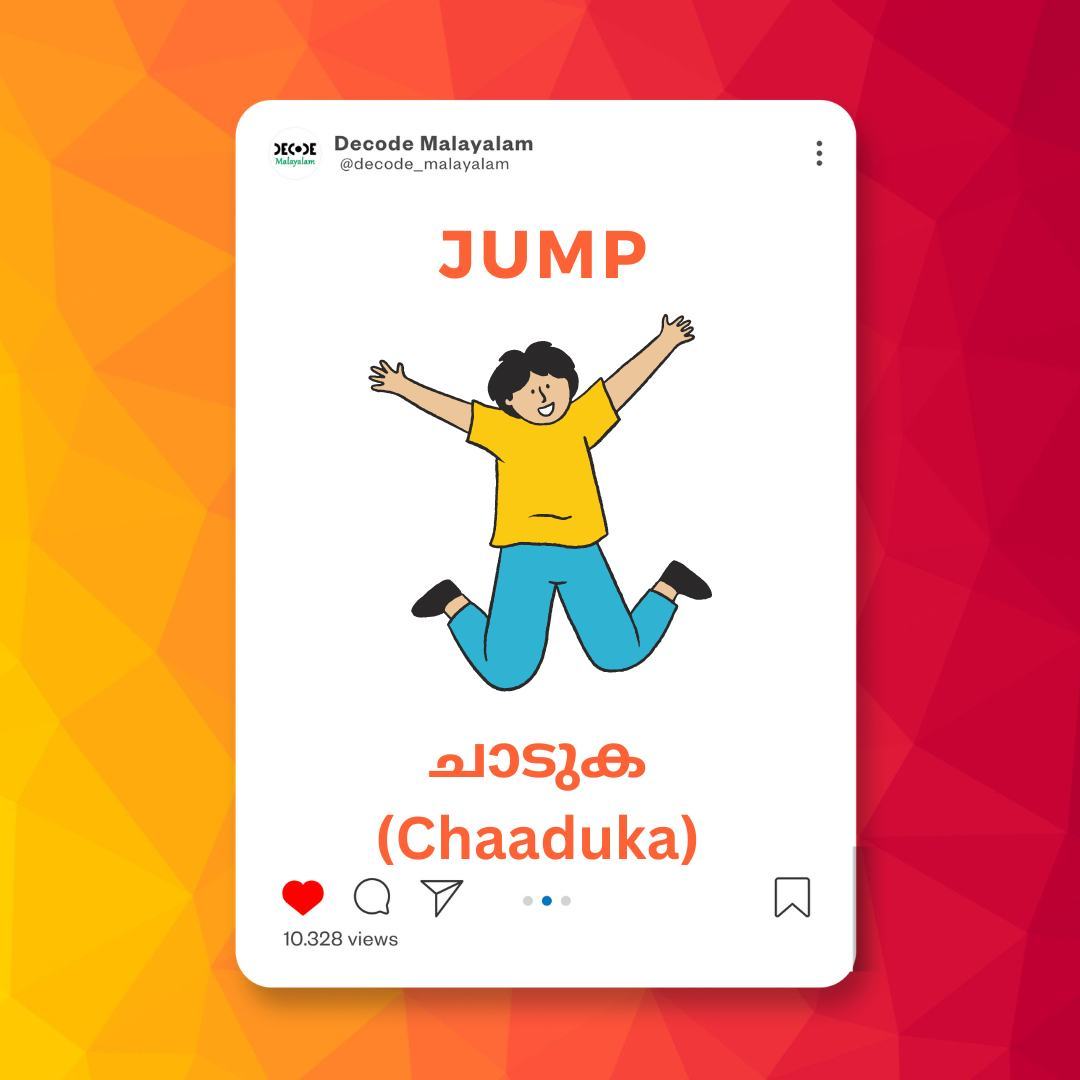Learn Tamil Through English: The Ultimate Guide for Beginners
Welcome to the ultimate guide on how to learn Tamil through English. If you’ve ever been fascinated by the rich culture and history of the Tamil language and want to start your learning journey, you’ve come to the right place. Tamil is one of the world’s longest-surviving classical languages, spoken by millions of people in Tamil Nadu, Sri Lanka, Singapore, Malaysia, and many other parts of the world. Learning Tamil can open up a new world of literature, cinema, music, and an opportunity to connect with people on a deeper level.
This article is structured to provide a comprehensive and easy-to-follow path for English speakers. We will break down the language into manageable parts, from the basics of the alphabet and pronunciation to essential vocabulary, grammar rules, and practical phrases for daily conversation. Our goal is to make your learning experience as smooth and enjoyable as possible.
Tamil is known for its unique script and complex grammar, but don’t let that intimidate you. With the right approach and consistent practice, you can build a strong foundation. This guide will serve as your primary resource, and you can also explore other articles on our website, such as Tamil Pronunciation Guide for Non-Native Speakers, for more in-depth knowledge on specific topics.
1. The Tamil Alphabet and Pronunciation (அகரவரிசை மற்றும் உச்சரிப்பு)
The first step to learning any language is to understand its script. Tamil has a unique alphabet with 12 vowels (உயிரெழுத்துக்கள் – Uyirezhuthukkal), 18 consonants (மெய்யெழுத்துக்கள் – Meyyezhuthukkal), and one special character (ஆய்த எழுத்து – Aayutha Ezhuthu). These combine to form 216 compound letters (உயிர்மெய் எழுத்துக்கள் – Uyirmei Ezhuthukkal).
Vowels (உயிரெழுத்துக்கள்)
These are the soul of the language. They can be short (குறில் – Kuril) or long (நெடில் – Nedil).
- அ (a) – as in ‘a’ in about (Short)
- ஆ (aa) – as in ‘a’ in car (Long)
- இ (i) – as in ‘i’ in sit (Short)
- ஈ (ee) – as in ‘ee’ in feel (Long)
- உ (u) – as in ‘u’ in put (Short)
- ஊ (oo) – as in ‘oo’ in cool (Long)
- எ (e) – as in ‘e’ in get (Short)
- ஏ (ae) – as in ‘a’ in late (Long)
- ஐ (ai) – as in ‘i’ in ice (Long)
- ஒ (o) – as in ‘o’ in dot (Short)
- ஓ (oe) – as in ‘o’ in go (Long)
- ஔ (au) – as in ‘ou’ in house (Long)
Consonants (மெய்யெழுத்துக்கள்)
These are the body of the language. They are pronounced with a dot above them.
- க் (k)
- ங் (ng)
- ச் (ch)
- ஞ் (nj)
- ட் (t)
- ண் (n)
- த் (th)
- ந் (nth)
- ப் (p)
- ம் (m)
- ய் (y)
- ர் (r)
- ல் (l)
- வ் (v)
- ழ் (zh) – a unique sound, similar to ‘r’ in French ‘rouge’ or ‘l’ in some English dialects.
- ள் (l) – a retroflex ‘l’ sound.
- ற் (tr)
- ன் (n) – a dental ‘n’ sound.
A deeper understanding of the Tamil alphabet can be found in our detailed blog post on Tamil Alphabets.
2. Basic Tamil Words & Vocabulary (அடிப்படை சொற்கள் மற்றும் சொல்லகராதி)
Building a strong vocabulary is key to speaking any language. Here are some essential words to get you started.
Greetings and Common Phrases
| English | Tamil | Transliteration |
|---|---|---|
| Hello / Welcome | வணக்கம் | Vanakkam |
| How are you? | எப்படி இருக்கிறீர்கள்? | Eppadi irukkireergal? |
| I am fine | நான் நலமாக இருக்கிறேன் | Naan nalamaga irukkiren |
| Thank you | நன்றி | Nandri |
| Please | தயவுசெய்து | Thayavu seithu |
| Sorry | மன்னிக்கவும் | Mannikkavum |
| What is your name? | உங்கள் பெயர் என்ன? | Ungal peyar enna? |
| My name is… | என் பெயர்… | En peyar… |
| Yes | ஆம் | Aam |
| No | இல்லை | Illai |
| Okay | சரி | Sari |
| Goodbye | போய் வருகிறேன் | Poi varugiren |
Common Verbs (வினைச்சொற்கள்)
Verbs are crucial for forming sentences.
| English | Tamil | Transliteration |
|---|---|---|
| To go | போ | Po |
| To come | வா | Vaa |
| To eat | சாப்பிடு | Saapidu |
| To drink | குடி | Kudi |
| To read | படி | Padi |
| To write | எழுது | Ezhuthu |
| To see | பார் | Paar |
| To listen | கேள் | Kel |
| To give | கொடு | Kodu |
| To take | எடு | Edu |
3. Basic Tamil Grammar (அடிப்படை இலக்கணம்)
Tamil grammar might seem different from English, but its logical structure makes it predictable once you understand the rules. One of the key features is the Subject-Object-Verb (SOV) sentence structure, unlike the English SVO structure.
Nouns (பெயர்கள்)
Nouns in Tamil do not have gender in a grammatical sense, but animate nouns are classified as rational (உயர்திணை – Uyarthinai) and irrational (அஃறிணை – Agrinai). Rational nouns include humans and deities, while irrational nouns are animals and objects.
- Man – மனிதன் (Manithan)
- Woman – பெண் (Penn)
- Cat – பூனை (Poonai)
- House – வீடு (Veedu)
Pronouns (பிரதிபெயர்கள்)
Tamil pronouns are straightforward.
- I – நான் (Naan)
- You (informal) – நீ (Nee)
- You (formal/plural) – நீங்கள் (Neengal)
- He – அவன் (Avan)
- She – அவள் (Aval)
- It – அது (Athu)
- We – நாம் (Naam) / நாங்கள் (Naangal)
- They – அவர்கள் (Avargal)
Sentence Structure
Let’s see the SOV structure in action.
- English: I eat rice.
- Tamil: நான் சோறு சாப்பிடுகிறேன். (Naan soru saapidugiren.)
- Breakdown: I (Subject) Rice (Object) Eat (Verb).
For more on this topic, refer to our detailed article on Tamil Grammar Basics for Beginners.
4. Essential Conversational Phrases (அத்தியாவசிய உரையாடல் சொற்றொடர்கள்)
Learning phrases is one of the fastest ways to start speaking and understanding a new language.
| English | Tamil | Transliteration |
|---|---|---|
| Where is the bus stand? | பேருந்து நிலையம் எங்கே இருக்கிறது? | Perunthu nilaiyam enge irukkirathu? |
| How much does this cost? | இதன் விலை என்ன? | Idhan vilai enna? |
| What time is it? | மணி என்ன? | Mani enna? |
| I don’t understand. | எனக்கு புரியவில்லை. | Enakku puriyavillai. |
| I want to go to… | நான்… போக வேண்டும். | Naan… poga vendum. |
| Can you help me? | நீங்கள் எனக்கு உதவ முடியுமா? | Neengal enakku udava mudiyuma? |
| I am hungry. | எனக்கு பசிக்கிறது. | Enakku pasikkirathu. |
| I am tired. | நான் சோர்வாக இருக்கிறேன். | Naan sorvaaga irukkiren. |
| The food is delicious. | உணவு சுவையாக உள்ளது. | Unavu suvaiyaaga ullathu. |
5. Tips for Effective Learning (பயனுள்ள கற்றல் குறிப்புகள்)
To truly master Tamil, you need to practice consistently. Here are some tips to help you on your journey:
- Listen and Repeat: Listen to Tamil songs, watch Tamil movies with subtitles, and try to mimic the sounds. The unique ‘ழ’ (zha) sound needs dedicated practice.
- Practice Speaking: Don’t be afraid to make mistakes. Try to use simple Tamil phrases in your daily life. The more you speak, the more confident you’ll become.
- Use Flashcards: Create flashcards with Tamil words and their English meanings. This is a great way to build your vocabulary quickly.
- Find a Language Partner: If possible, find a native Tamil speaker to practice with. This will help you learn conversational nuances and proper pronunciation.
- Read Simple Texts: Start with children’s stories or simple news articles to get used to the script and sentence structure.
Learning a language is a journey, not a race. Be patient with yourself and celebrate small victories. You can also refer to our other guide, Easy Tamil Phrases for Tourists, for more quick and useful phrases.
Frequently Asked Questions (FAQs) – அடிக்கடி கேட்கப்படும் கேள்விகள்
Q1: Is it difficult to learn Tamil for an English speaker?
Learning Tamil can present some challenges for English speakers, mainly due to the different script and unique sounds like ‘ழ’ (zha). However, the grammar is quite logical and structured. With consistent effort, it is definitely a manageable and rewarding language to learn.
Q2: How long does it take to become fluent in Tamil?
Fluency depends on many factors, including your learning method, how much time you dedicate to practice, and your exposure to the language. With daily practice and immersion, a beginner can achieve conversational fluency in 1-2 years.
Q3: What’s the best way to start learning Tamil?
The best way to start is by mastering the basics: the alphabet and basic pronunciation. Once you are comfortable with the sounds, start learning high-frequency vocabulary and simple phrases. Listening to native speakers is also crucial.
Q4: Are there different dialects of Tamil?
Yes, Tamil has several regional dialects (e.g., Chennai Tamil, Madurai Tamil, Kongu Tamil) and social dialects. However, the standard literary Tamil is widely understood, and as a beginner, focusing on the standard form is the most effective approach.
Q5: Is Tamil a gendered language?
No, Tamil is not a gendered language in the same way as French or German. Nouns do not have a grammatical gender. However, pronouns and some verbs distinguish between rational (humans, deities) and irrational (animals, objects) subjects.
Q6: Can I learn Tamil by watching movies?
Watching movies is an excellent supplementary tool. It helps you get used to the rhythm and intonation of spoken Tamil. Start with movies that have clear dialogue and use subtitles to follow along. Pausing and repeating dialogues can also improve your pronunciation.
Q7: How is Tamil grammar different from English?
The main difference is the sentence structure. English uses Subject-Verb-Object (SVO), while Tamil uses Subject-Object-Verb (SOV). For example, “I drink coffee” in English becomes “நான் காபி குடிக்கிறேன்” (Naan coffee kudikkiren), which literally translates to “I coffee drink.”
Q8: Are there resources available to practice Tamil?
Yes, there are numerous resources. You can find many Tamil-English dictionaries, language learning apps, YouTube channels, and online communities. Websites like DecodeTamil.com provide a wide range of articles and lessons to support your learning journey.
Q9: How important is it to learn the Tamil script?
Learning the script is highly recommended for anyone serious about learning Tamil. While you can start with transliteration, knowing the script allows you to read signs, books, and articles, and it helps in distinguishing between similar-sounding words. It’s the key to truly understanding the language.
Q10: Is it necessary to learn Tamil to travel to Tamil Nadu?
While many people in tourist areas of Tamil Nadu speak some English, knowing a few Tamil phrases will greatly enhance your travel experience. It shows respect for the local culture and can make day-to-day interactions, such as shopping or asking for directions, much easier.
Conclusion (முடிவுரை)
Learning Tamil through English is a fantastic goal, and with the resources provided in this guide, you are well on your way to success. Remember to be patient, practice consistently, and immerse yourself in the language as much as possible. The journey of learning Tamil is not just about mastering a new skill; it’s about connecting with a vibrant culture and a rich history. We encourage you to continue your learning journey by exploring the many valuable resources available on our website.
Good luck with your learning! வணக்கம் மற்றும் நன்றி! (Vanakkam and Nandri – Hello and Thank you!)








